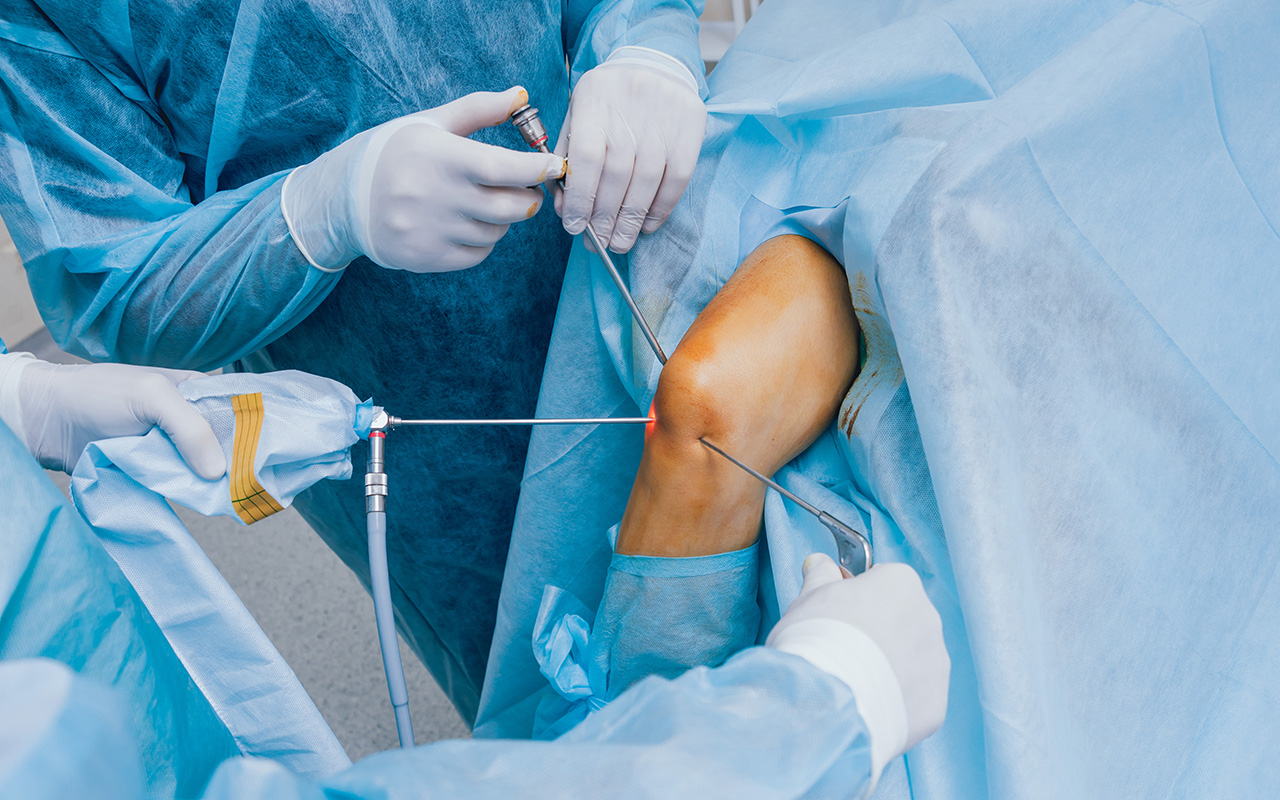
oint pain can be debilitating. Injuries often cause discomfort. Sometimes, doctors need to look inside. They use a special procedure. This is called arthroscopy. It’s a minimally invasive surgery. A tiny camera goes into the joint. It helps diagnose problems. It can also fix certain issues. Understanding arthroscopy is key. It offers a clearer path to relief.
Sometimes, doctors need to look inside.
When joint issues persist. Pain, swelling, and stiffness are common. Non-surgical treatments might fail. X-rays and MRI scans help. But they don’t always show everything. Surgeons need a direct view. They must see the joint’s interior. This direct inspection is crucial. It helps confirm the diagnosis. It guides the right treatment.
It’s a minimally invasive surgery.
Arthroscopy is less intrusive. It uses small incisions, not large cuts. A thin tube called an arthroscope enters. It has a camera and light attached. Images appear on a monitor. Surgeons view the joint clearly. Specialized tools also fit through. This reduces tissue damage greatly. Recovery is often faster. It’s a precise procedure.
A tiny camera goes into the joint.
The arthroscope is very small. It’s thinner than a pencil. It gives a magnified view. Surgeons see cartilage, ligaments, bone. They spot tears or inflammation. They identify loose fragments. This detailed view is invaluable. It helps pinpoint the problem. No guessing is required. The camera guides every move.
It helps diagnose problems.
Arthroscopy confirms many issues. It can identify cartilage damage. Meniscus tears in the knee are common. Labral tears in the shoulder or hip. It finds inflamed joint linings. It spots loose bone or cartilage fragments. It can detect early arthritis. It helps understand chronic pain. Diagnosis becomes more accurate. This leads to better treatment.
It can also fix certain issues.
Beyond diagnosis, it’s therapeutic. Surgeons perform repairs directly. They can trim damaged cartilage. They remove loose fragments carefully. They repair torn ligaments. Meniscus tears can be sewn. Inflamed tissue can be removed. This surgical repair is precise. It often restores joint function. It addresses the root cause.
Understanding arthroscopy is key.
Knowing the procedure helps patients. It reduces anxiety about surgery. You learn what to expect. Pre-operative steps are clearer. Recovery details are understood. This knowledge empowers decisions. You can ask informed questions. It promotes a smoother experience. It enhances trust in your care. Education is a powerful tool.
When Is Arthroscopy Needed?
Doctors recommend it after other steps. When non-surgical options fail. Rest, ice, pain meds, physical therapy. Injections might also be tried. If pain persists, it’s considered. Persistent swelling or locking. A definite injury that needs repair. If imaging is inconclusive. Or if surgery is clearly needed. It’s a carefully considered choice.
When non-surgical options fail.
Conservative treatments are always first. They are less invasive and carry less risk. Physical therapy strengthens muscles. Medication reduces pain and swelling. Injections can provide temporary relief. If these don’t yield results. Or if symptoms return quickly. Then arthroscopy becomes an option. It’s a logical progression.
Persistent swelling or locking.
These symptoms signal an issue. Swelling means joint inflammation. Locking suggests something is caught. A torn meniscus often causes locking. Loose bodies can also impede movement. These mechanical problems hinder function. They cause significant discomfort. Arthroscopy can resolve them directly. It provides immediate relief.
A definite injury that needs repair.
Some injuries demand surgical intervention. A significant ligament tear might need it. A severe meniscus tear too. Certain labral tears require repair. These won’t heal on their own. They require surgical reconstruction. Arthroscopy provides the platform. It allows precise, effective repair. It aims to restore full function.
If imaging is inconclusive.
Sometimes, MRI or X-rays aren’t enough. They might not show the full extent of damage. Small tears can be missed. Subtle inflammation is hard to see. Arthroscopy offers direct visualization. The surgeon sees inside clearly. They can identify hidden issues. This removes diagnostic uncertainty. It guides the exact treatment needed.
Or if surgery is clearly needed.
In some cases, the diagnosis is clear. A severe injury needs immediate attention. For instance, a complex ACL tear. Or a large cartilage flap. Arthroscopy performs the necessary repair. It’s the preferred method due to its nature. It avoids the trauma of open surgery. It speeds up the healing process. It gets you back to activity faster.
What Joints Are Commonly Treated?
Arthroscopy is versatile. It’s most common in the knee. Shoulder arthroscopy is also frequent. Ankle arthroscopy is performed often. Hip arthroscopy is gaining popularity. Wrist, elbow, and even jaw joints. The procedure adapts to various areas. Its benefits apply across joints. It’s a widespread technique.
It’s most common in the knee.
Knee arthroscopy is widely used. Meniscus tears are a primary reason. ACL (anterior cruciate ligament) repair too. Removal of loose bodies. Cartilage debridement is common. Synovectomy (removing inflamed lining). It’s a highly effective procedure. It helps many regain mobility. Knee problems are frequent.
Shoulder arthroscopy is also frequent.
Shoulder issues are common. Rotator cuff tears are often repaired. Labral tears are addressed. Impingement syndrome is treated. Bone spurs can be removed. Arthroscopy allows full access. It preserves surrounding tissues. This minimally invasive approach helps. Recovery is generally smoother. It restores shoulder function.
Ankle arthroscopy is performed often.
Ankle pain can be persistent. It addresses impingement issues. Cartilage damage is treated. Loose bodies are removed. Synovitis (inflamed joint lining) too. Ankle instability can be addressed. It provides relief for chronic pain. It improves mobility significantly. It’s a vital tool for ankle health.
Recovery from Arthroscopy
Recovery varies by joint and repair. It’s generally faster than open surgery. Pain management is crucial initially. Physical therapy is often required. It helps restore strength and motion. Follow all post-operative instructions. Gradual return to activity is key. Don’t rush the healing process. Full recovery takes time.
It’s generally faster than open surgery.
Smaller incisions mean less trauma. Less muscle and tissue disruption. This leads to less pain post-op. Swelling also tends to be lower. The body heals more quickly. You can often go home the same day. This reduces hospital stay. It promotes a quicker return to normalcy. It’s a significant advantage.
Physical therapy is often required.
Rehabilitation is vital for success. It helps regain strength and range of motion. Therapists guide specific exercises. They ensure proper healing. They prevent stiffness and weakness. Consistency in therapy is critical. It maximizes the surgical outcome. It helps you return to full activity. Don’t skip your PT sessions.
Arthroscopy is a minimally invasive surgical technique using a tiny camera to diagnose and repair joint problems, commonly in the knee and shoulder, often needed when non-surgical treatments fail or a specific injury requires repair, typically offering faster recovery than open surgery.
